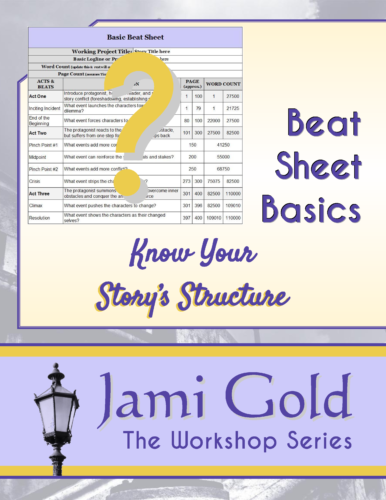Is a scene’s sequel—the reaction to a scene’s events—part of the scene? Or are they ever independent (and if so, how do we make them stronger)?
Check Out These Posts labeled with the Tag “Dwight Swain":
Want to refine these results? The Search page offers many filtering options.
A couple of weeks ago, Becca Puglisi, one of the co-authors of the fantastic Thesaurus books, shared her tips for using the new The Positive Trait Thesaurus and The Negative Trait Thesaurus books. Her advice can help us develop our characters at all stages of planning, drafting, and editing. But the comments of that post pointed
I love when I make my readers think. Even better is when they turn around and make me think even deeper about an issue. *smile* Yesterday, K.J. Pugh blogged about my last post (where I talked about cliffhangers and hooks) and brought up the issue of sequels I briefly mentioned. No, we’re not talking about book

